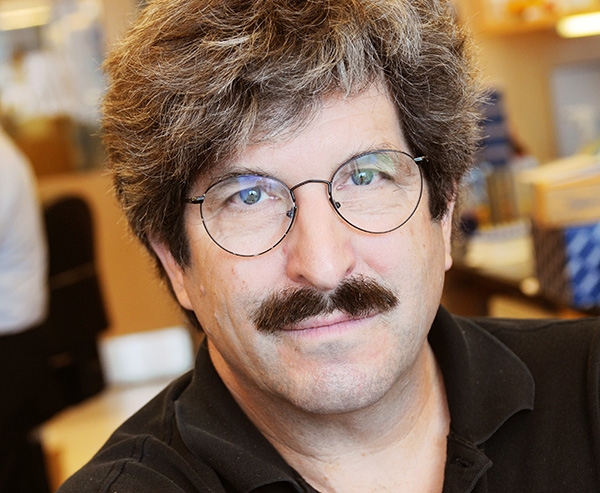Gary Ruvkun, Former MBL Course Director, and Victor Ambros Receive Nobel Prize in Physiology or Medicine

The 2024 Nobel Prize in Physiology or Medicine was awarded today to Gary Ruvkun, former co-director of the MBL Biology of Aging Course, and Victor Ambros for their discovery of a fundamental principle governing how gene activity is regulated.
The scientists first identified and described microRNAs, a new class of tiny RNA molecules that are a vital regulatory mechanism used in cells to control gene activity.
"The information stored within our chromosomes can be likened to an instruction manual for all cells in our body," the Nobel Assembly explained in its award announcement. "Every cell contains the same chromosomes, so every cell contains exactly the same set of genes and exactly the same set of instructions. Yet, different cell types, such as muscle and nerve cells, have very distinct characteristics. How do these differences arise?
"The answer lies in gene regulation, which allows each cell to select only the relevant instructions. This ensures that only the correct set of genes is active in each cell type.
"If gene regulation goes awry, it can lead to serious diseases such as cancer, diabetes, or autoimmunity. Therefore, understanding the regulation of gene activity has been an important goal for many decades," the Nobel Assembly wrote.

MBL Senior Scientist Joshua Rosenthal provided the following comment on microRNAs to CNN:
"Over the past two decades we've sequenced the entire genomes of an incredibly wide variety of organisms. One surprising result is that the number of genes required to encode a tiny nematode worm, a fish, and a human being is about the same. If that's the case, then how is complexity generated?
"The answer appears to be in the sophisticated ways that the information within these genes, like a light, can be turned on, off and dimmed. RNA molecules are key players in this regulation. We now know that microRNAs, once discarded by scientists as a contaminant getting in the way of studying 'more important' RNAs, are key components for regulating genes in virtually every cell in every tissue in every plant and animal," Rosenthal said.
It is now known that the human genome codes for over one thousand microRNAs. "MicroRNAs are proving to be fundamentally important for how organisms develop and function," the Nobel Asssembly stated.
Ruvkun is a professor of genetics at Harvard Medical School/Mass General Hospital and Ambros is a principal investigator and professor of natural sciences at UMass Chan Medical School.
Ruvkun co-directed the MBL Biology of Aging course from 2004-2006 and 2009-2012, and served on the course faculty from 1999-2002 and in 2013.
"We are particularly proud of Dr. Ruvkun's extensive involvement with one of the MBL's Advanced Research Training Courses, as an example of the cutting-edge content and groundbreaking discoveries that course participants are exposed to at the MBL," said Linda Hyman, Burroughs-Wellcome Director of Education at MBL.
Read more about the scientific background for this year's prize here.